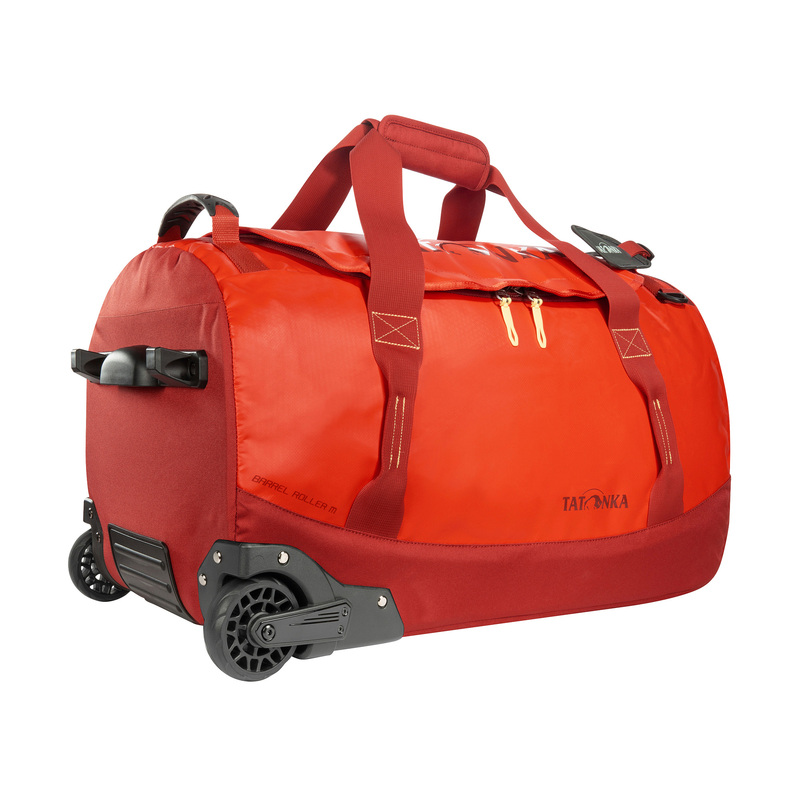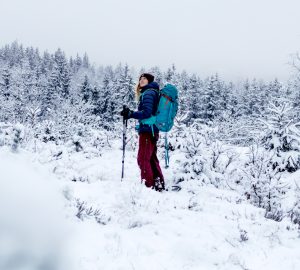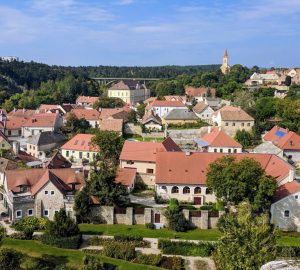“I found the Garden of Eden in Darwin’s paradise,” wrote our Swiss employee Michi Bösiger enthusiastically in an email to his colleagues.
A full-grown sea lion is swimming directly towards me. We are separated by only a few centimetres. He cheekily looks me directly in the eyes – right through my diving goggles – before turning around and vanishing into the depths of the South Pacific. Then, a group of jackass penguins appears; they encircle us, they want to play. It has already turned night when we finally peel ourselves out of the wetsuits after spending hours in the sea with all these fascinating animals. We are shaking being worn-out and cold, but we are happy.
Jurassic Park live
Those who visit the Galapagos Islands travel into the past. The archipelago, consisting of thirteen islands, lies on the equator, approx. 1,000 km west of the Ecuadorian coast. The islands are of volcanic origin. Fernandina’s volcano Cumbre last erupted in April 2009. You reach the Galapagos Islands via Quito, the world’s highest situated capital (2,850 m). Not many travellers actually feel the altitude after the landing. The name Ecuador comes from equator. Any and all luggage is searched when checking in at the airport. It is prohibited to import or export anything organic stuff, such as plants or fruits. In this climate we feel like being in a massive terrarium. This is exactly how the film crew of Jurassic Park must have felt when they entered the “Lost World”.
It turned out to be a smart decision to pack all our stuff in Tatonka’s Barrel Roller. Many of the other travellers look at us with interest – but also with envy.

Trolley made of robust and easy-care truck tarpaulin material. With 60 litre volume, telescopic handle and quiet PU wheels.
Sea lions showing off
San Cristobal is the island of sea lions. Right on day one, we are welcomed by hundreds of animals to the white sandy beach. We are urged to keep a minimum distance of two metres. Many of the females have just given birth to pups and they are not happy with anyone getting too close. A sea lion male is responsible for ten females – a proper harem. On our way to the village, where we are planning to have dinner, we experience that the sea lions are the true locals here – with their small outer ears and their very loud roaring. Not only do they take over benches and kerbs but they also crowd load beds of cars and the boats in the harbour.
Also interesting: Phong Nha Höhlen in Ke Bang, Vietnam – Im Innern der Erde
Island Hopping
The next day, we take a motor boat from San Cristobal to Kicker Rock, the “Sleeping Lion”. Two vertical rocks, 150 metres above sea level, form a narrow canal. Our guide is a mermaid – she moves as gracefully in the water as she does on land. We pass the snorkelling skills test with flying colours. After jumping into the sea (with the complete equipment), she guides us through the gap – endlessly deep rock faces, full of anemones and corals where little and big colourful fish splash about. For us Alpinists, this is certainly a whole new experience on rocks. Then, the first highlight: a shark swims below us. But there are also rays and several giant tortoises. These beautiful animals move like ballet dancers. They come so close to us that we stop breathing. Magical moments – up close and unforgettable.
Isla Bartolomé and Santa Cruz
After a little side trip to the dark volcanic islet Bartolomé we continue towards Santa Cruz. The photographer Caroline Micaela Hauger and I check in to the hotel. We put a few dollars in our smart and handy Skin document belt by Tatonka and book a horseback-riding trip in a natural reserve. The alleged stones on our path aren’t rocks but tortoises! The biggest and oldest specimens live here – they get up to 300 years old but no one really knows. During lunch on a farm I need to figure it out: I step into a shell… No surprise here why the animals move that slowly. At night, we feast in the legendary “Lobster Street”. It’s lobster season: they’re served with vanilla sauve in the streets. Atmosphere and food: Fantastic!
Visiting the marine iguanas
Isla Isabela is our last stop. This volcanic island seems to be the origin of the bird world. The famous “Blue Foot Boobies” with their neon-bright feet are indigenous here just like the marine iguanas. While they lie around lazily on paths and rocks, they’re pretty fast and agile in the water. It must have been just like that everywhere on our planet before mankind existed.
After many hiking trips and snorkelling expeditions we say our goodbyes to this archipelago. But we know: One day we will be back to further discover this lost world.
This is expedition life!
Tips for your equipment
• hiking backpack with 25 liter for example
• resilient, moisture-resistant luggage, e.g. Barrel Roller by Tatonka
• Skin Moneybelt Int. RFID by Tatonka
• flip-flops or hiking sandals
• resilient, light shoes
• rain wear, quick-drying clothing
• sun screen
Travel tips
• learn a few words in Spanish – it will prove helpful
• gather sufficient information before (literature: e.g. “Lonely Planet”; internet)
• be open to adventures and experiences every day
• it is an advantage to like seafood
• you can hire snorkelling equipment and wetsuits in good condition
Well, actually we had planned to climb a trilogy of 6,000 m-high mountains in Ecuador… Ecuador, we will be back!
Photos: ©Caroline Micaela Hauger www.peakart.ch
Text: Michi Bösiger







